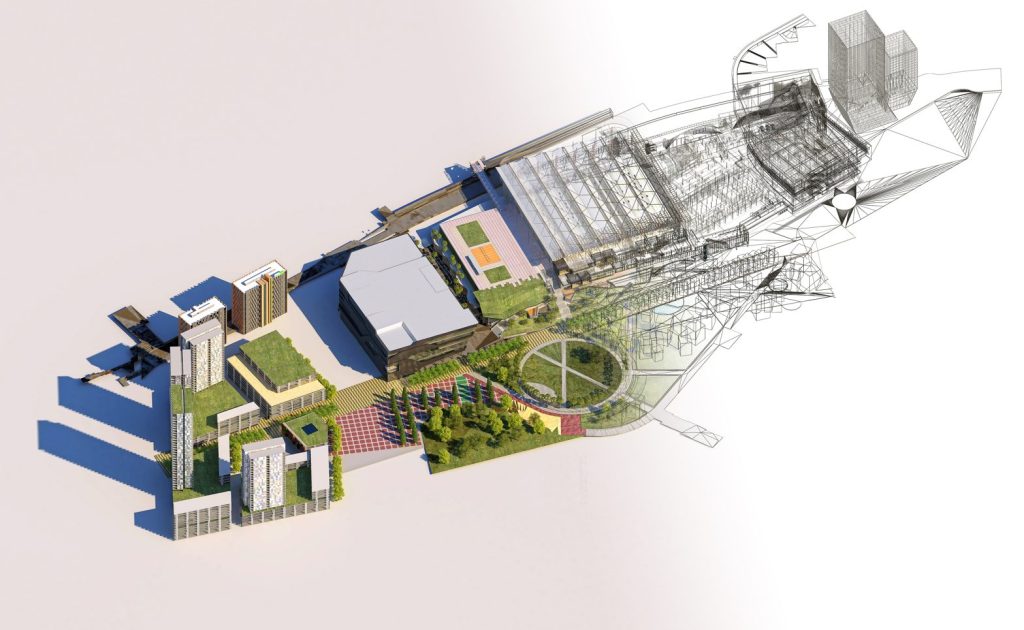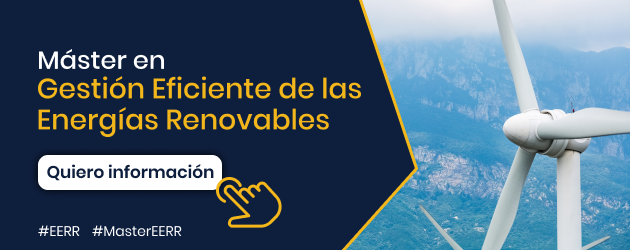In the following article we will explain what one of the most important dimensions of BIM consists of in terms of performance and efficiency of the work and its life cycle as an asset. We refer to the sixth dimension of BIM or 6D: Energy efficiency.
This dimension is mainly focused on studying and implementing, within the life cycle of the asset, calculations, parameters and energy simulations focused on architectural solutions and the use of renewable energy that allow justifying compliance with the necessary requirements to obtain an energy certification.
The 6D BIM model
The 6D BIM model as a virtual representation of a work is capable of reflecting the behavior that the building would have in its real environment. For which specific background information on the place, the geographical environment, radiation, climatic conditions of a specific day, of each season of the year or of a prolonged period over time is necessary.
By managing data from the building environment and thanks to energy simulation engines, Extensions or specific analysis plugins used on the virtual model, it is possible to analyze different energy parameters in each of the components of a building project, with the objective to study different alternatives and select the most efficient solution, directly affecting the energy performance of the work.

With a 3D prototype complemented by climatic data and specific information about each material such as acoustic transmittance, thermal conductivity, permeability, reflectivity, etc. It is possible to obtain a detailed analysis of the behavior of the construction, improving the quality of a project, by defining the thermoacoustic properties of the building and its facilities.
Main advantages
The advantages that allow applying the sixth dimension in a BIM project are many, we can define among others the following:
- Detailed analysis of the different economic aspects associated with environmental factors such as the most suitable type of materials, thermal insulators, quality and size of windows, sunlight, humidity, etc.
- Effective and rapid calculation of construction solutions, as it is developed in the design stages, prior to the construction phase.
- Efficient management of construction processes and planning from the beginning of the project, considering the implementation of systems focused on the use of renewable energies.
- The parameterization of different design options that allow reducing construction costs through passive renewable energy systems, limiting the need to implement high-cost active systems.
Different modeling programs on the current market have internal engines or plugins specifically dedicated to energy analysis, allowing the generation of sustainable models by incorporating renewable energy systems into the project.
EnergyPlus is a program specialized in energy analysis and simulation, through the study of the building's energy demand and consumption. It allows us to work with 3D models obtained from different software such as Revit Autodesk, Sketchup and CYPE. Programs that we address in our Master in BIM and our Master in Renewable Energy.

Through the coordination between EnergyPlus and BIM modeling programs it is possible to obtain a detailed energy simulation of the conditions of a building and the best option to take advantage of its surroundings and environmental conditions. Through this work method, the best solution can be identified for the use of renewable energies, such as the use of solar panels, air conditioning equipment with heat pumps, a system for the use and collection of rainwater to generate a Zero Energy Building (NZEB) and build a project that complies with the energy certification required by environmental regulations.
Benefits
The implementation of 6D BIM allows us to carry out energy studies during the design phase, minimizing as much as possible problems due to incidents and errors in construction planning, reducing costs that would be high when implemented during later stages such as the construction and operation phase.
Another great benefit is the reduction of work time through the automation of processes. This is based on the possibility provided by BIM standards to work with Open format models. IFC, allowing a interoperability between specific energy modeling and analysis programs that work under the same model fluidly and without loss of information in the process, resulting in projects with significant economic savings, low environmental impact, no carbon footprint and the ability to contribute to current environmental policies.
If you want to become an expert in energy efficiency, learn about the most advanced energy simulation programs and be a master of renewable energies, do not hesitate to sign up for our Master in efficient management of Renewable Energies.



































